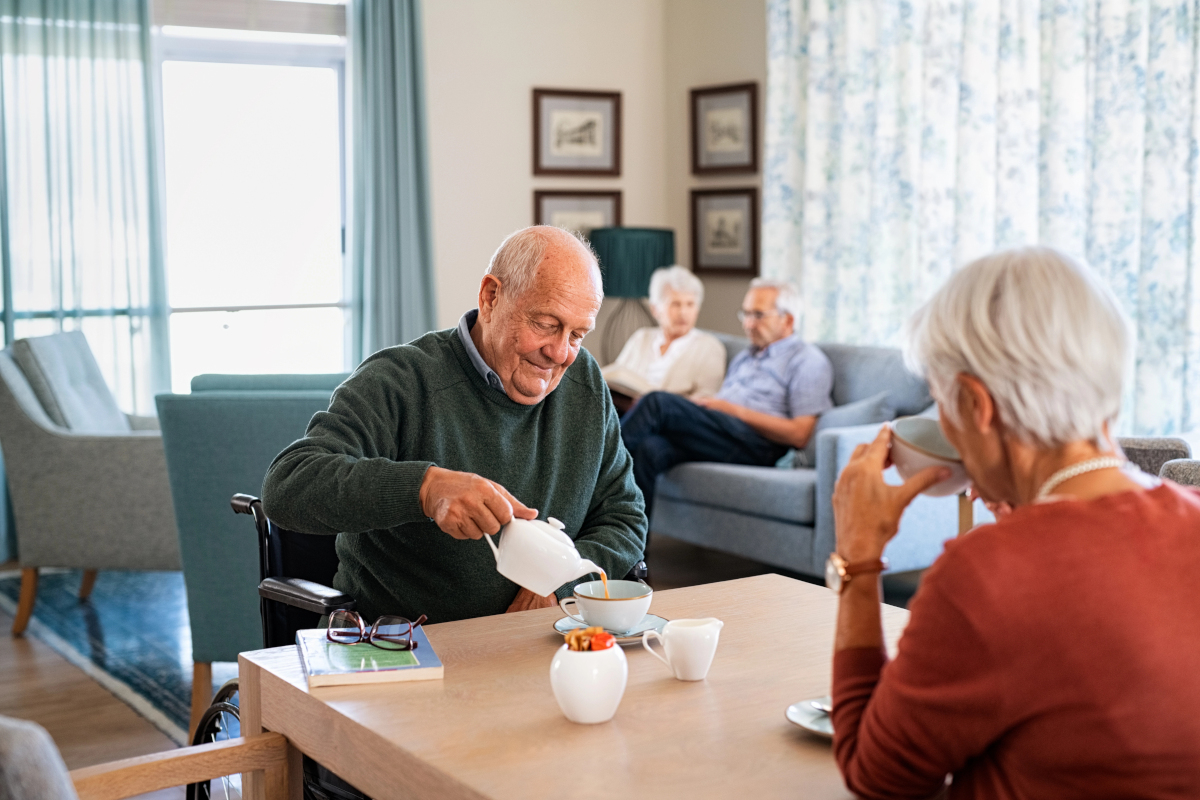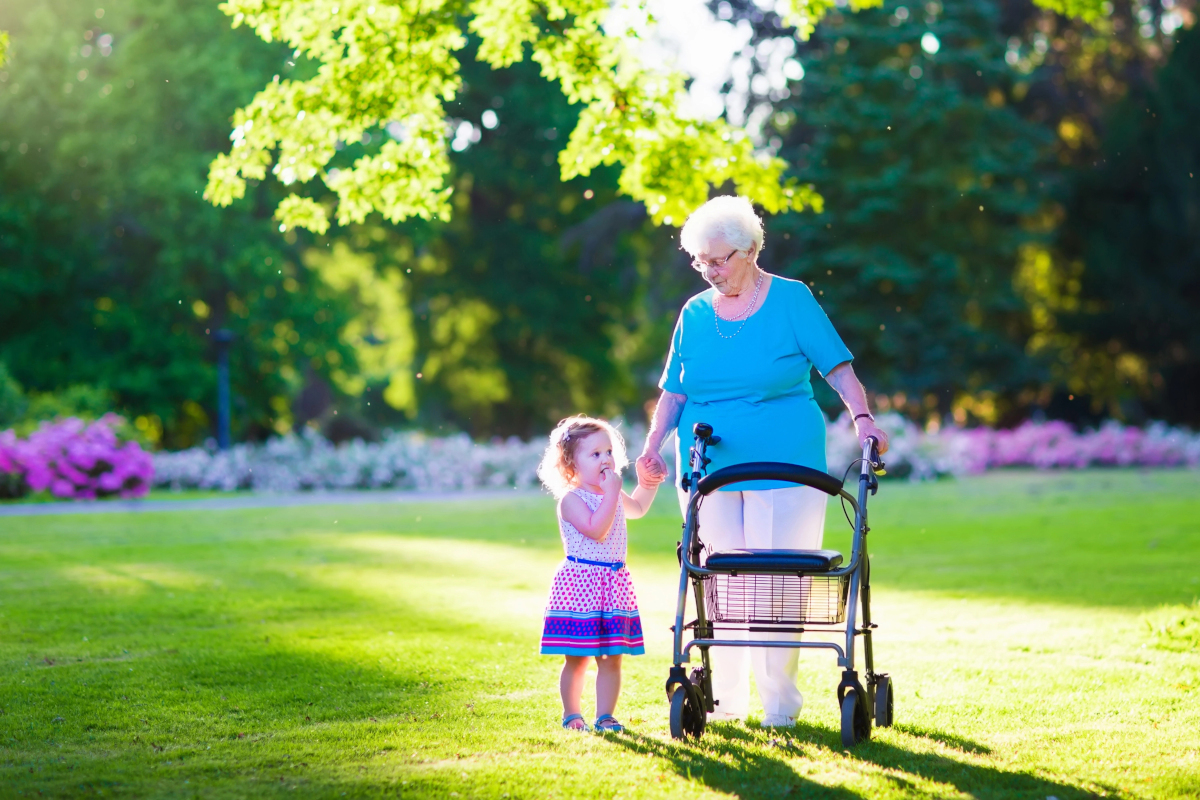The COVID-19 pandemic created a threat for many, especially older adults. It also highlighted areas that were lacking in the assisted living industry.
Despite social distancing, many people found ways to cope with the changes and challenges of a global outbreak. These innovations could have a permanent effect on the experiences offered by assisted living communities. Some methods are already in place while others may be on the horizon.
As many begin to adapt to a post-pandemic world, we should take the lessons we learned with us as we move forward. This is an opportunity to address problems before we encounter them again in the future, even on a smaller scale. It also reminds us that the aging population is increasing, so we need to be prepared.
Around 10,000 Americans reach their 65th birthdays each day. It is estimated that older adults will outnumber children under the age of 18 for the first time in U.S. history by 2034. We need to be ready to provide quality care, safety, and the tools they need to live happy, comfortable lives as they enter their Golden Years.
Isolation Creates a Barrier to Senior Care
An Insights Xtelligent Healthcare Media report found that isolation from friends and family was one of the biggest challenges for seniors during the pandemic.
“We were seeing that in our data the biggest issue was missing that connection with people who are often their caregivers, their loved ones, and having that social connection,” explained Xtelligent director of research Emily Sokol.
Around 86% of respondents said that the inability to connect with others was the biggest challenge they faced in 2020. Around 59% of providers said that use of technology was the biggest issue. Technology was originally believed to be the most significant care delivery obstacle for the senior population.
Loneliness can have a mental and physical impact on an older person. When someone feels isolated, they tend to move less and not eat as often as they should. This can lead to a lower quality of life and poorer physical health.
Assisted living communities and nursing homes began prioritizing socialization for their residents. Activity coordinators tried to adapt to the changes while offering opportunities for engagement and safe interaction.
Many got creative with visitations held through windows or over video calls. Staff wearing masks started also wearing name tags with a photo of their faces.
Some delivered snacks to residents standing in doorways, allowing them to see others and speak without getting too close.
Music was another valuable tool, whether it was played on a small radio in one room or a live performance that could be heard throughout a facility.
While most assisted living communities have returned to normal and can gather once again, staff and residents will remember this experience. It’s a reminder that mental health is essential at all ages. It also provides inspiration to find new ways to connect and stave off feelings of isolation whether there is a pandemic happening or not.
Telehealth Services Become a Permanent Fixture
During the early part of the pandemic, home care businesses faced a difficult problem. Many patients and customers refused service because they did not want to let providers enter their homes. Meanwhile, some professionals refused to go out into the field due to the same fear of infection.
This led to the use of telehealth services. What was once a nice convenience had become an essential part of senior care.
“With COVID-19 hitting us, health care delivery has changed, especially on the post-acute side, forever,” said Synzi CEO Lee Horner. “I think there was a lot of uncertainty about how video and telehealth would be delivered but I think over the last year it’s been proven to be wildly successful.”
Demand for telehealth services dropped about 16% between January and February of 2021. Even though demand slowed, the service is not likely to go away anytime soon.
Increased Government Oversight in Assisted Living
The pandemic highlighted issues with a lack of oversight in some areas in the assisted living industry. Outbreaks in facilities lead to illness, death, and confusion. While many facilities handled the situation as best they could, some were not prepared and their residents suffered for it.
The other side of that has to do with funding. A coordinated effort was made throughout the industry to access federal relief funds. When making the case for funding, many communities highlighted the fact that they are health care environments. This placed assisted living on the health care continuum. More Medicaid and Medicare Advantage dollars going to these businesses will further solidify their standing on that continuum.
ATI Advisory founder and CEO Anne Tumlinson emphasized that point.
“You can’t ask for federal dollars in a public health emergency and then say you’re not health care.”
Tumlinson isn’t the only one to point that out. National Health Investors CEO Eric Mendelsohn also raised the issue. He referred to efforts led by Massachusetts Senators Elizabeth Warren and Ed Markey, who requested significant amounts of information from the biggest senior living businesses in the United States. Mendelsohn described the request as “an inquisition.”
Earl Parker, the president and COO at Commonwealth Senior Living, also predicted that the influx of funding could result in more government oversight.
If changes are put into place, it would likely focus on defining what assisted living is while giving each state autonomy to handle the more granular aspects of regulation, according to Tumlinson.
Pinnacle Peak Senior Living offers quality care that encourages independence in a home-like setting. Visit our website to learn more about our services and senior life after the COVID-19 pandemic.





